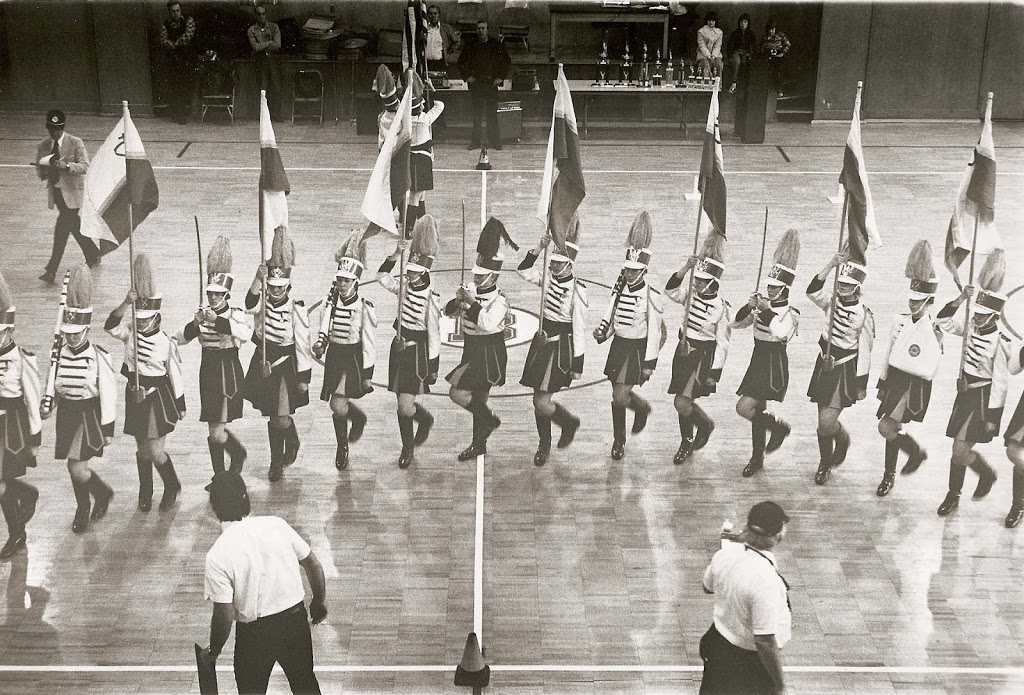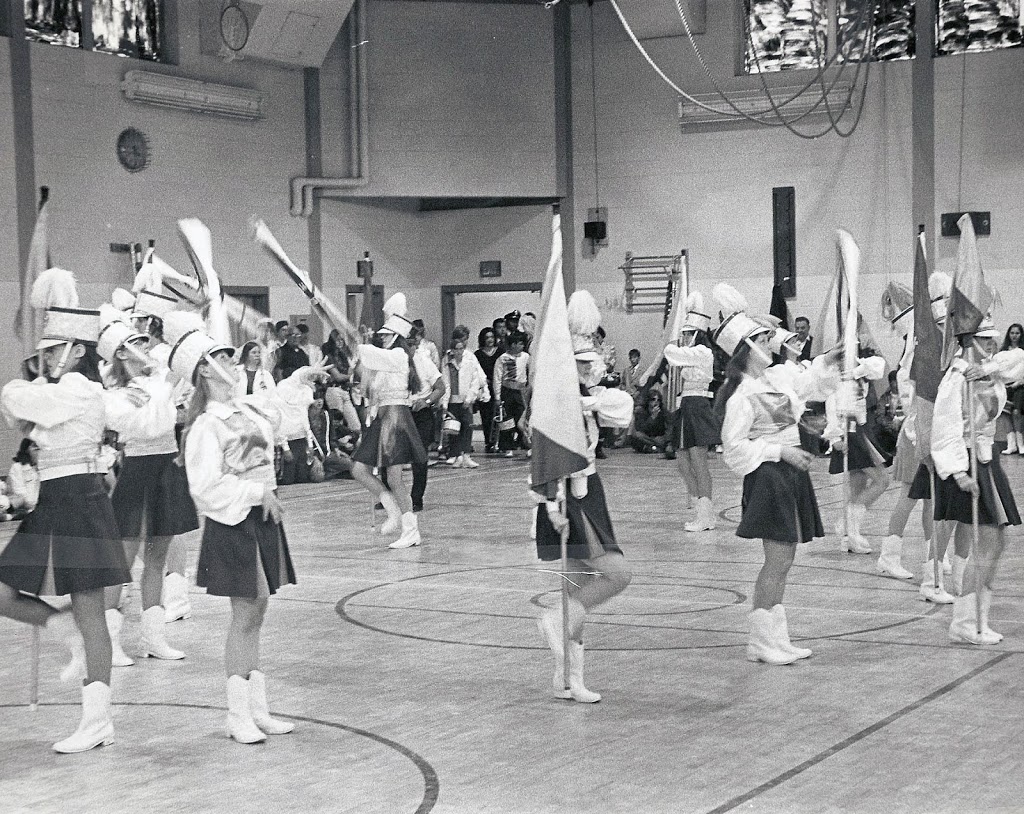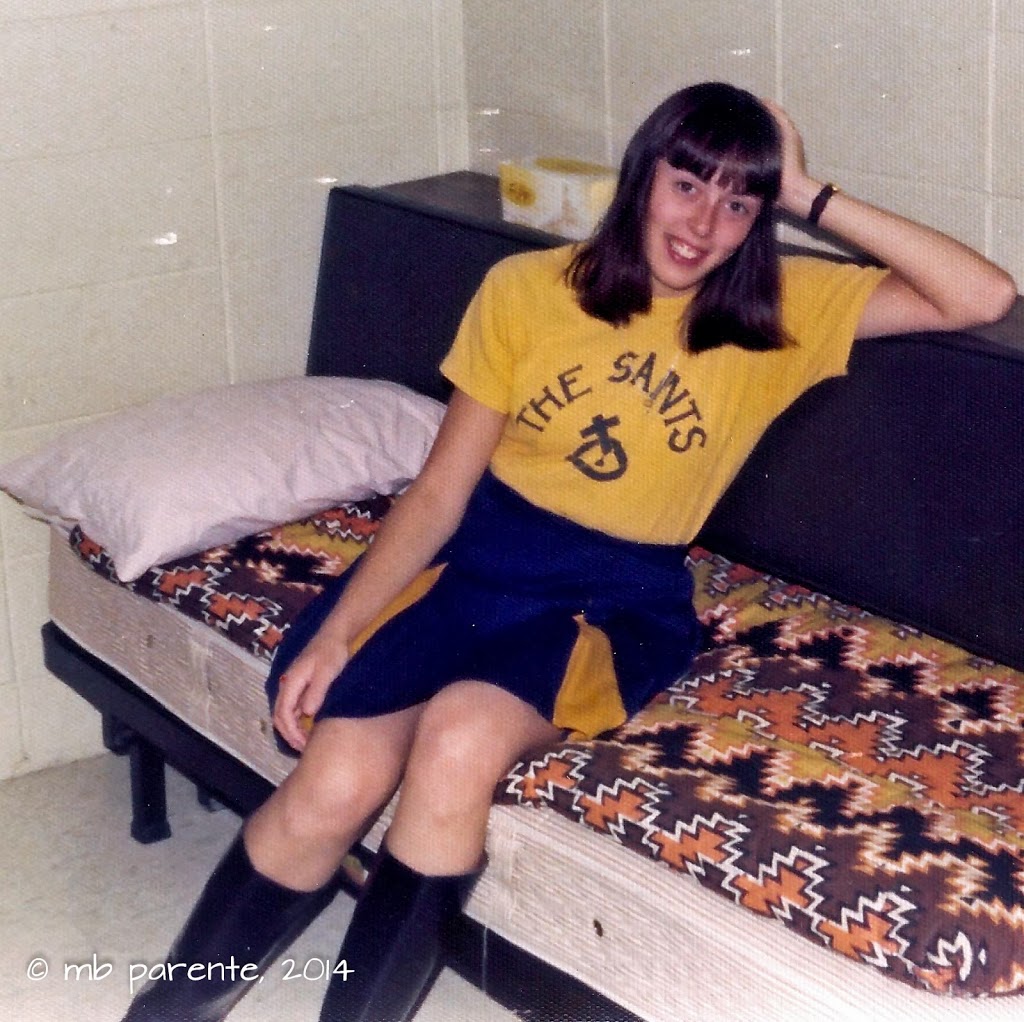Jane A. G. Kise's 12th Leadership Lens, Balancing Limits with Opportunities, takes on so much meaning when I think back to my marching days. One thing in particular, though, sticks in my head and won't leave.
As mentioned in earlier posts, we had a great sense of loyalty to one another, and to the vision of being champions. Particularly in the Saints Color Guard, the more adept we became at handling our equipment, the more we experimented on our own.
During breaks in rehearsal, or even before or after, it was common for members of different sections to "play around" with their flags, rifles, or sabres to come up with "work" - the movement and handling of equipment to match the music and a particular part of marching drill. Discovering different movements or equipment positions was fun and exciting for us. Execution of those movements required quite a bit of practice to perfect the work to a level high enough to include in competition.
At first, the limits on what would eventually make it into the competitive drill were set by our instructors. Having a better sense of what it would take to achieve championship status was the wisdom they brought to the process. By our final winter season, though, we, the marching members, had achieved a strong enough sense of balance between the opportunities for creative movements, and the limits imposed by the judging system, for us to choreograph much of the equipment work.
Did we succeed? You bet!
 |
||
| A moment in the drill when simplicity spoke more strongly than equipment work. |
 |
| Saints Color Guard, in our earlier days. |
improve focus on leadership skills? Contact me at parentehrg AT gmail.com.





